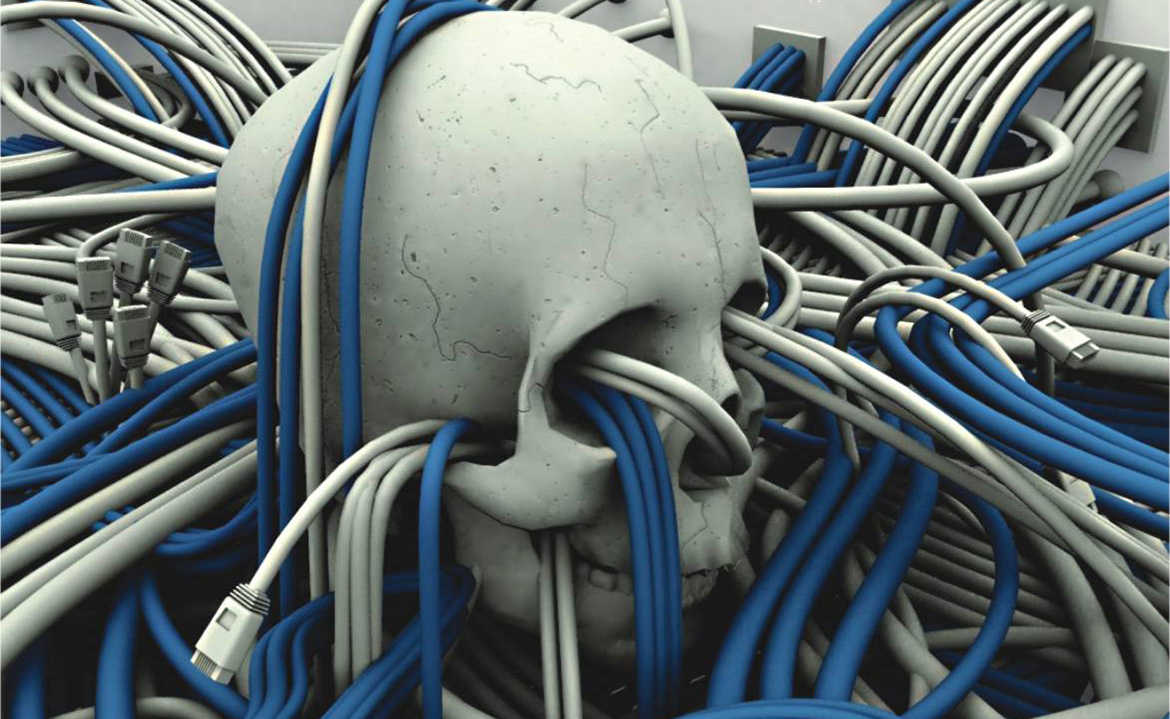e-flux journal 56th Venice Biennale ~ SUPERCOMMUNITY Day 20—Mohammad Salemy: Art After the Machines
1.
If we begin by the assumption that art has always existed, and what we are trying to do is to explain its givenness, then of course we have to create a concept of art that fits the set of existing artworks and their histories. However, if we begin by developing a concept of art as a condition to understand whether a new kind of art is possible, then we could very well find out that today, much of what is taken to be art simply isn't. If we are to hang on to anything that might be called or resemble art, our efforts have to be part of how we come to understand not only what art is, but also what art does and, even more so, what it ought to do.
2.
If we take naïve humanism as the central problem of art, then the solution can become strictly non-trivial; by removing the diverse and subjective interpretations or experiences of art as its condition of possibility or telos, one can collapse the entire edifice of the dominant art paradigm. However, the problem of the existing human-centered art is not just with its variegated interpretation, but also with the relaxation of epistemic standards for adjudication of its value and more so, the short circuit with which the value of an artistic proposal is gauged only relatively to the artistic act with which it is affirmed and produced.
3.
This is why art as a product cannot have value by itself. To simply assume that any act of creative affirmation by humans is good in itself is precisely what allows the relativists' assertion that, "everything is art" to never self-exhaust. Art must respond to the problem of enablement, i.e., how does making works of art enable both the maker and the viewer to think? Thus, art production cannot be merely a formal play. "Formalization," for example, involves one's ability to work within constraints set by the genre, medium, the display space, and/or the audience. This has far more import than pure play and experimentation. If anything, art rather than being playful in relation to form needs to be approached as a strategy of gaming the cogno-sensible surface of the work.

